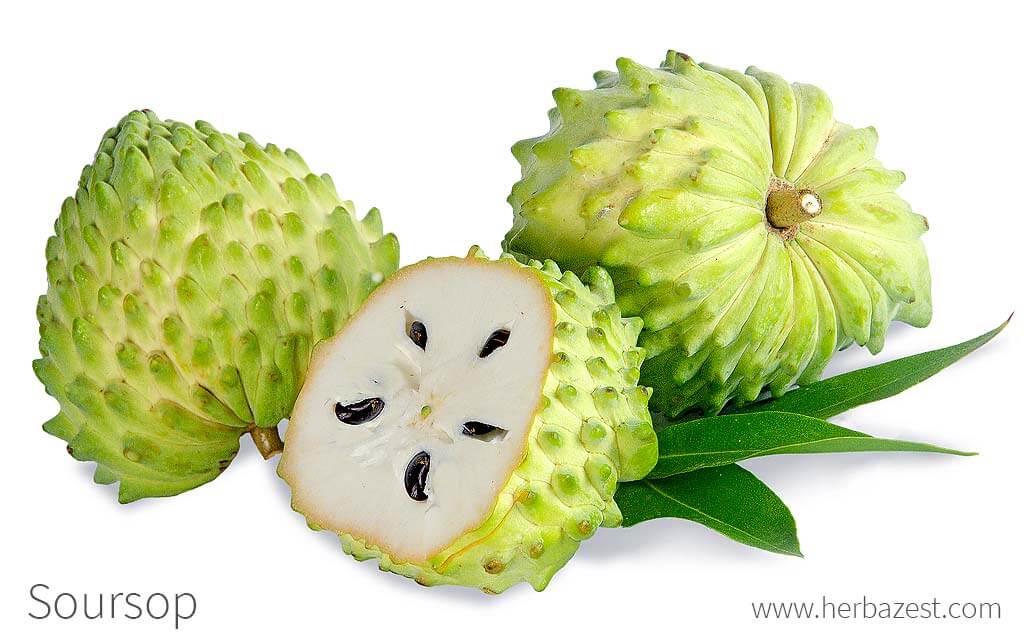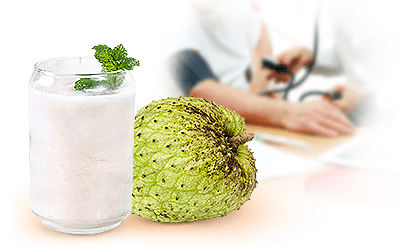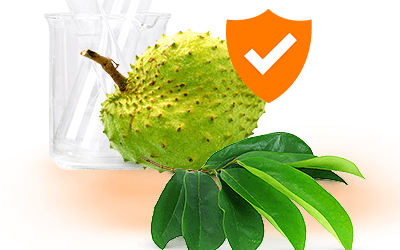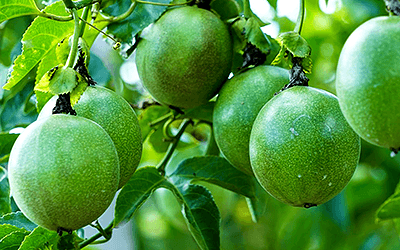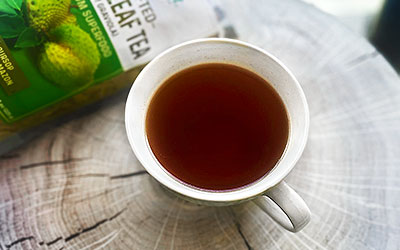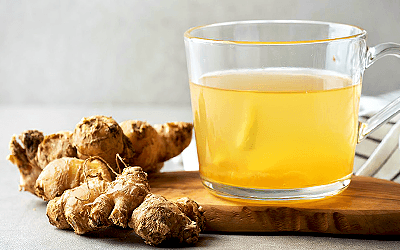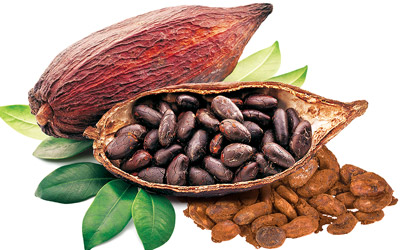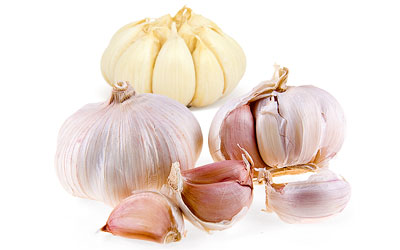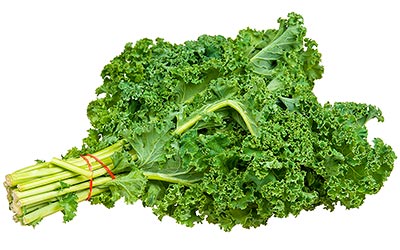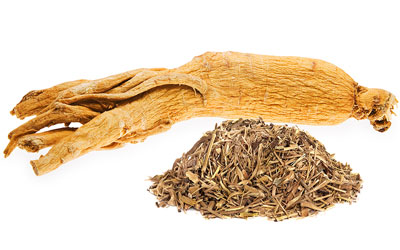Soursop (Annona muricata), also known as graviola, guanabana, guyabano, and annona fruit, has been an important part of the diet and medicinal practices of South and Central America indigenous inhabitants for centuries; however, most people around the world remain unaware of soursop fruit's immense potential for nutrition and overall health.
Soursop Medicinal Properties
Health Benefits of Soursop
While it's mainly known as a delicious fruit that's used for flavoring desserts, soursop possesses numerous medicinal properties, including:
Improving immunity. Naturally rich in antioxidants, soursop can help prevent damage caused by free radicals.1 An in vitro study has also found that soursop leaves can enhance immunity by activation of the mitogen-activated protein kinase signaling pathways.
Lowering blood sugar. Animal studies have provided evidence that soursop can help lower blood sugar levels.2 However, clinical trials are needed to evaluate whether these benefits could potentially extend to humans.
Improving blood pressure. A trial on pre-hypertensive adults has found that consuming soursop helps lower blood pressure and serum uric acid levels, which, in turn, helps prevent them from becoming hypertensive.3
Other soursop benefits, which are yet to be corroborate by science but remain popular in folk medicine are:
Treating arthritis. It is thought that, when applied to the skin, soursop can relieve arthritis pain.
Relieving skin inflammation. People sometimes apply soursop leaves to the skin to reduce inflammation and other skin complaints.
Additionally, some studies suggest that soursop benefits may include antiparasitic effects. In fact, the annona fruit has been used for centuries to eliminate worms.
How It Works
The main reasons for soursop's varied medicinal properties are annonacin - an alkaloid that can only be found in fruits of the Annona genus - and its high nutritional value.
Soursop's biological compounds influence the pancreatic beta cells, reducing blood sugar levels in the body, which is beneficial for anyone who suffers from diabetes or other blood sugar level disorders.2
Although further studies are necessary to confirm the popular claim of soursop acting as a pain killer, annonacin has shown analgesic and anti-inflammatory potential at the appropriate dosage, helping relieve muscle and joint pain.4
In addition, while their exact mechanism of action is yet to be understood, the antiparasitic compounds of soursop seem to contribute to the overall health of the immune system.
Soursop leaf extracts have been shown to have a strong immune-enhancing activity.
Herbs that also possess hypoglycemic properties are bilberry, cinnamon, cow's foot, lucuma, and yacon.
Soursop Side Effects
Soursop is generally safe for most people. However, when consumed in excess it can affect brain and nerve cells throughout the body, causing paralysis.
Cautions
Due to its high annonacin content, people with Parkinson's disease should not consume soursop, and women who are pregnant or breastfeeding are advised to consult with a physician before taking this herb in any form.
- Medicinal action Hypoglycemic, Immunostimulant
- Key constituents Annonacin
- Ways to use Capsules, Hot infusions/tisanes, Food
- Medicinal rating (1) Very minor uses
- Safety ranking Use with caution
Soursop Nutrition
The soursop fruit, or graviola, is a really good source of vitamin C (ascorbic acid), which is necessary for many bodily functions, mainly for boosting the immune system, as well as for improving iron absorption and aiding collagen formation. The fruit of Annona muricata also provides good amounts of copper, a mineral that plays a key role in the production of new red blood cells.
Additionally, soursop fruit offers adequate amounts of potassium, important for the well-functioning of nerves and muscles, and magnesium, which is necessary for energy production and blood pressure regulation. It also contains fair quantities of B complex vitamins, mainly B1 (thiamin), B3 (niacin), and B5 (pantothenic acid).
The nutritional value of soursop is rounded by small amounts of other vitamins and minerals, such as B2 (riboflavin), B6 (pyridoxine), B9 (folate), and iron.
100 grams of soursop fruit provide 66 calories, about 17 grams of carbohydrates, and 13% of the suggested daily value for dietary fiber.
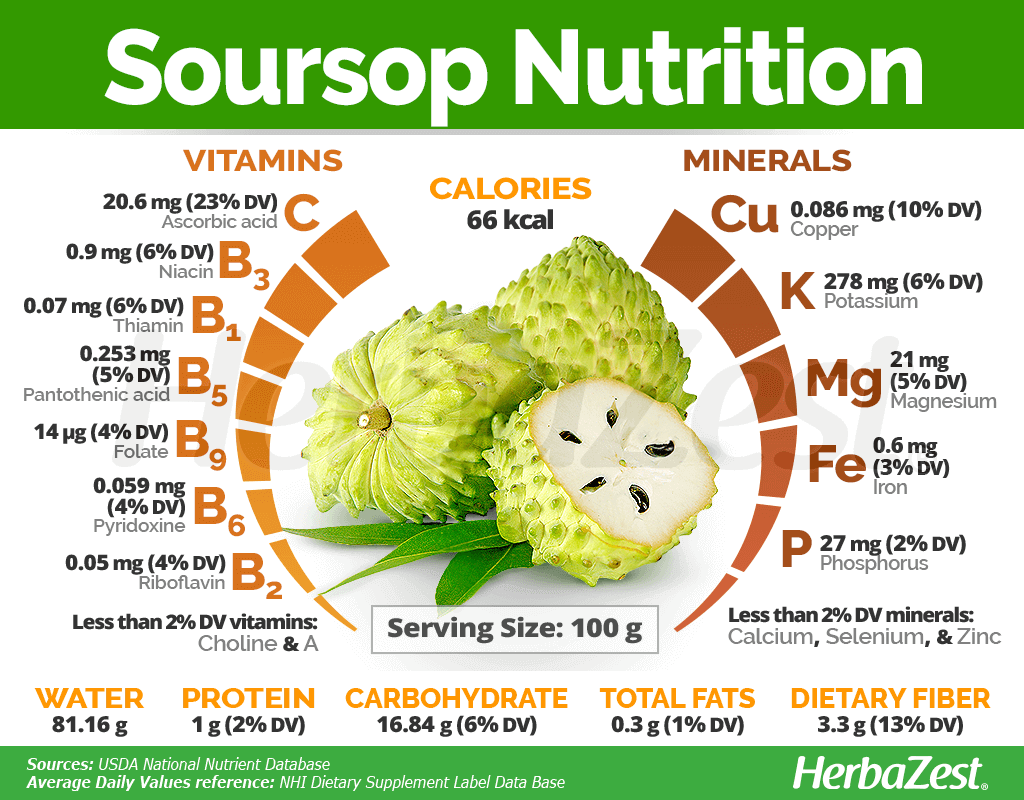
How to Consume Soursop
In medicinal forms, soursop fruit and leaves can provide numerous health benefits. However, eating this fruit raw is recommended in order to obtain its nutrients.
Natural Forms
Raw. Perhaps the most popular form of consumption, fresh, ripe soursop fruit provides great nutritional content, and also contributes to lower blood sugar.
Beverages. Another way of reaping the medicinal and nutritional benefits of soursop is drinking it in juices, shakes, and smoothies.
Infusion. Another popular medicinal form, a hot soursop leaf tea can gently contribute to lower blood sugar levels.
Powder. Typically added to smoothies or shakes, soursop powder is commonly used as a nutritional supplement and it may also help relieve muscle and joint pain.
Herbal Remedies & Supplements
Liquid extracts. When used topically, soursop extract is thought to reduce skin inflammation.
Capsules. In this concentrated form, which comes in fixed doses, soursop can help lower blood sugar levels.
- Edible parts Fruit
- Edible uses Flavoring, Beverage
- Taste Sweet

Growing
Because it is native to tropical climates, soursop, or graviola tree, thrives best in humid regions with damp, loamy soil. Also, because it is a low-growing, bushy tree that can reach heights of 25 - 30 feet (7.5 - 9 m), it is important to plan accordingly where to plant it. Follow these additional growing guidelines to successfully cultivate graviola.
Growing Guidelines
Growing a soursop or graviola tree from seed is recommended, rather than buying a plant from a nursery.
- Did you know?
Hard seeds, rounded or oval, usually must go through a process of scarification, which can be done in two ways: lightly sanding the surface to facilitate germination, or subjecting them to a thermal shock, which can be from cold to heat (at least 24 hours in the refrigerator), or from heat to cold (one second in boiling water and 24 hours in water at room temperature).
It is important to scarify seeds and sow them in grounds of about one inch (2.5 cm) of damp soil that has been mixed with organic matter. Depending on temperature and water drainage, germination can take anywhere between 14 and 30 days.
Be sure to give this plant full sun exposure.
The graviola tree is highly intolerant of cold weather. Temperatures below 5 °C (41 °F) will cause damage to leaves and small branches, and temperatures below 3 °C (37 °F) can kill it. For this reason, be sure to keep it in a hot climate, whether that is outdoors or in a temperature-controlled greenhouse.
Each crop yields 12 to 24 fruits per tree during a harvest.
Soursop seeds are typically set out in the beginning of the rainy season, due to its need for moisture and should be spaced at least 12 - 15 feet (4 - 5 m) apart, but can be spaced up to 25 feet (8 m) apart.
The soursop, or graviola tree begins to bear fruit three to five years after it is first planted.
Soursop trees are vulnerable to mealybugs and fruit flies.
- Life cycle Perennial
- Harvested parts Fruit
- Light requirements Full sun
- Soil Medium (loam)
- Soil pH 6.1 – 6.5 (Slightly acidic)
- Growing habitat Humid regions
- USDA Plant Hardiness Zones 10a, 10b, 11a, 11b
- Plant spacing average 7 m (22.97 ft)
- Potential insect pests Moths
- Potential diseases Fungi
Additional Information
Plant Biology
Also known as guanabana, guyabo, and graviola fruit, soursop has an incredibly distinctive heart-shaped appearance with a spikey exterior. The graviola tree's malodorous, evergreen leaves are smooth, glossy, and dark on the upper surface while they are lighter underneath. The flowers can appear anywhere on the soursop tree - the branches, twigs, or trunk - and typically have yellow-green outer petals with pale yellow inner petals.
Classification
Soiursop (Annona muricata) is a member of the Annonaceae family, also known as the "custard apple tree family," which comprises approximately 130 genera and over 2,300 - 2,500 species, including ylang ylang (Cananga odorata), pawpaw (Asimina triloba), and cherimoya (Annona cherimola).
Members of the Annonaceae family are mostly found in the tropics, though some do enjoy more moderate temperatures. For example, the closely related Annona cherimola has proven to have a greater adaptability to temperate and Mediterranean climates, which is proving useful for its related industries.
Varieties and Subspecies of Soursop
Of the different varieties and subspecies of soursops, they are divided into three main classifications, which are based on flavor (sweet, subacid, and acid), shape (round, heart-shaped, oblong, or angular), and flesh consistency, which varies from soft and juicy to firm and dry.
All of these different varieties of soursop serve different purposes, depending on the region they are grown in. Some of the most popular varieties have Spanish names, including guanaba azucaron (sweet), which is either consumed raw or used for drinks, and guanaba acida (very sour), which is used only for flavoring drinks. Other popular varieties include guanabana dulce (sweet soursop), and guanabana sin fibra (fiberless).
Historical Information
Soursop was first used by the indigenous people of the Peruvian Andes as a fruit crop and as medicine. In Peru, the soursop leaves have been used as a sedative, whereas those in the Brazilian Amazon used it to treat liver problems and increase milk production in breast feeding women. In pre-colonial Jamaica and Haiti, the soursop, or graviola fruit, has also been used for treating diarrhea. From there, soursop began spreading throughout Europe and the rest of the world.
The famous American author Mark Twain referred to soursop as "the most delicious fruit known to man," and the fruit was profusely represented in the form of ceramics and textiles by the ancient cultures of South America.
Economic Data
The soursop tree is grown extensively for the commercial value of its fruit. It is still predominately cultivated in its native lands of South and Central America, though commercial production has reached as far north as Florida and has also been adapted in some parts of Southeast Asia and Africa.
A soursop tree yields around 4.8 tons of fruit per hectare four years after planting, rising to 11.8 tons after 10 years. The high demand for soursop or graviola fruit in many parts of North America is proving useful for introducing the commercialization of cherimoya, a closely-related species with a prized sweet flavor.
Today, soursop is cultivated in many countries, including China, Australia, Vietnam, the Philippines, Malaysia, Cuba, India, Puerto Rico, the Bahamas, Venezuela, Argentina, West Africa, Mexico, and parts of Central America. However, few regions produce this fruit commercially: a short list includes Philippines, the Caribbean nations, and parts of South America.
Other Uses of Soursop
Food industry. Soursop is often used as a flavoring ingredient in beverages and other products.
Sources
- Boston University, Annona muricata
- Fruits of Warm Climates, pp.75-80
- International Journal of Pharmacy and Pharmaceutical Sciences, Phytochemical and pharmacological properties of Annona muricata: a review, 2012
- National Tropical Botanical Garden, Annona muricata
- Pharmaceutical Biology, Possible mechanisms of action of the hypotensive effect of Annona muricata (soursop) in normotensive Sprague-Dawley rats, 2010
- USDA Nutrient Database, Basic report 09315: Soursop, raw
- Germplasm Resources Information, Dr. Duke's phytochemical and ethnobotanical databases
Footnotes
- Evidence Based Complementary & Alternat Medicine. (2016). ImmunomodulatoryEfficacy of Standardized Annona muricata (Graviola) Leaf Extract via Activation of Mitogen-Activated Protein Kinase Pathways in RAW 264.7 Macrophages. Retrieved June 12, 2023, from: https://www.ncbi.nlm.nih.gov/pmc/articles/PMC5209628/
- Journal of Medicinal Food. (2014). Mechanisms of Analgesic and Anti-Inflammatory Properties of Annona muricata Linn. (Annonaceae) Fruit Extract in Rodents. Retrieved February 7, 2023, from: https://www.ncbi.nlm.nih.gov/pmc/articles/PMC4259190/
- African Journal of Traditional, Complementary and Alternative Medicines. (2006). Anti Hyperglycemic Activities of Annona Muricata (Linn). Retrieved February 7, 2023, from: https://www.ncbi.nlm.nih.gov/pmc/articles/PMC2816521/
- Frontiers in Pharmacology. (2018). Exploring the Leaves of Annona muricata L. as a Source of Potential Anti-inflammatory and Anticancer Agents. Retrieved September 29, 2023, from: https://www.ncbi.nlm.nih.gov/pmc/articles/PMC6019487/

